Homemade English Muffins: Better Than Store-Bought!
Description
These homemade English muffins are easy to make, freeze beautifully, and are perfect for breakfast with butter and honey.
Ingredients
Instructions
-
In a medium bowl or large glass measuring cup, combine the milk, water, and sugar. Stir until the sugar dissolves, then warm the mixture in the microwave until it reaches 110°F. Sprinkle the yeast over the warm liquid, stir gently, and set aside for 5–7 minutes, or until a foamy layer forms on top.
-
Meanwhile, add the flour and salt to the bowl of your stand mixer and whisk together. Attach the paddle to your mixer.
-
Whisk the egg (optional) and melted butter into the milk and yeast mixture. With the mixer running on low speed, slowly pour the wet ingredients into the flour mixture. Once combined, increase the mixer speed to medium-high and mix for about 7 minutes, or until the dough is smooth and elastic.
-
Transfer the dough to a large, lightly oiled bowl and cover with plastic wrap. Let it rise in a warm place until doubled in size, about 1 hour. For even more flavor, you can refrigerate the dough overnight; just let it come to room temperature for an hour before using.
-
Turn the dough out onto a floured surface and gently pat it out to just under 1 inch thick. Line two baking sheets with parchment and dust with cornmeal.
-
Using a 3-inch round cutter, cut out your English muffins. Gently transfer each round to the prepared baking sheets with a spatula or your hands. Re-roll and cut the remaining dough as needed. Cover the muffins loosely with plastic wrap or kitchen towel and let them rise in a warm spot for about 30 minutes.
-
Heat a large skillet or griddle over very low heat. When the surface feels warm a few inches above, sprinkle with cornmeal and carefully arrange 3–4 muffins in the pan. Cover and cook for 5–6 minutes, then gently flip and cook for another 5–6 minutes until golden and cooked through.
-
Brush away any old cornmeal and add a fresh sprinkle before cooking the next batch. Enjoy the muffins warm! If it’s your first time, try cooking a test muffin to get the timing just right.

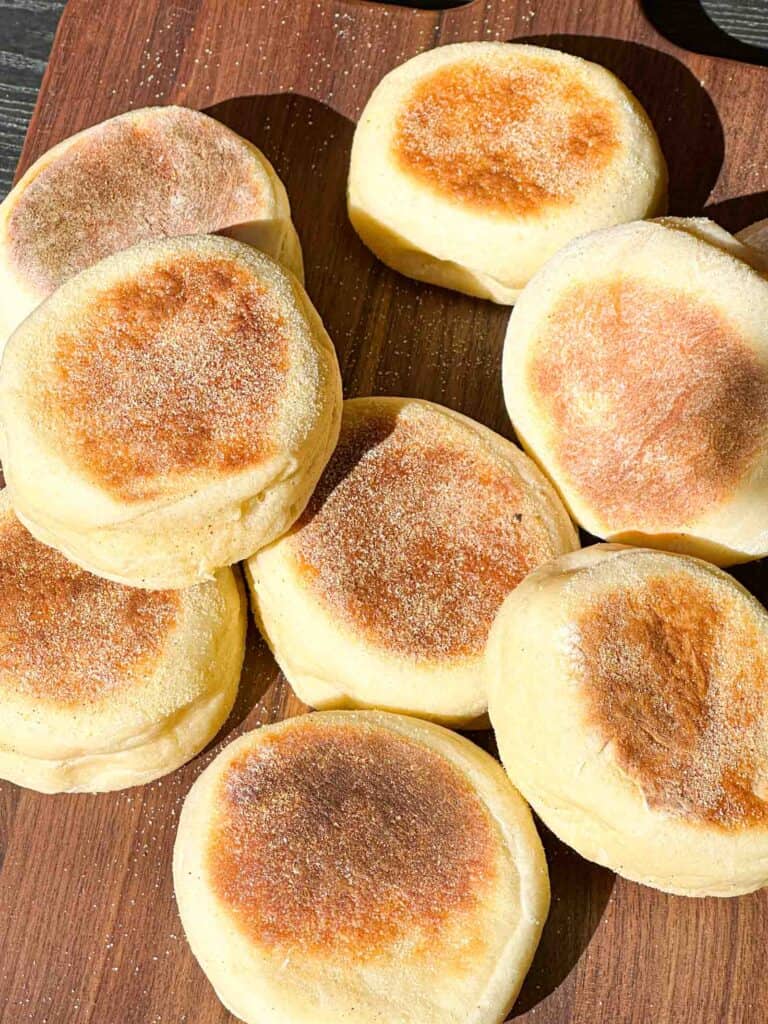

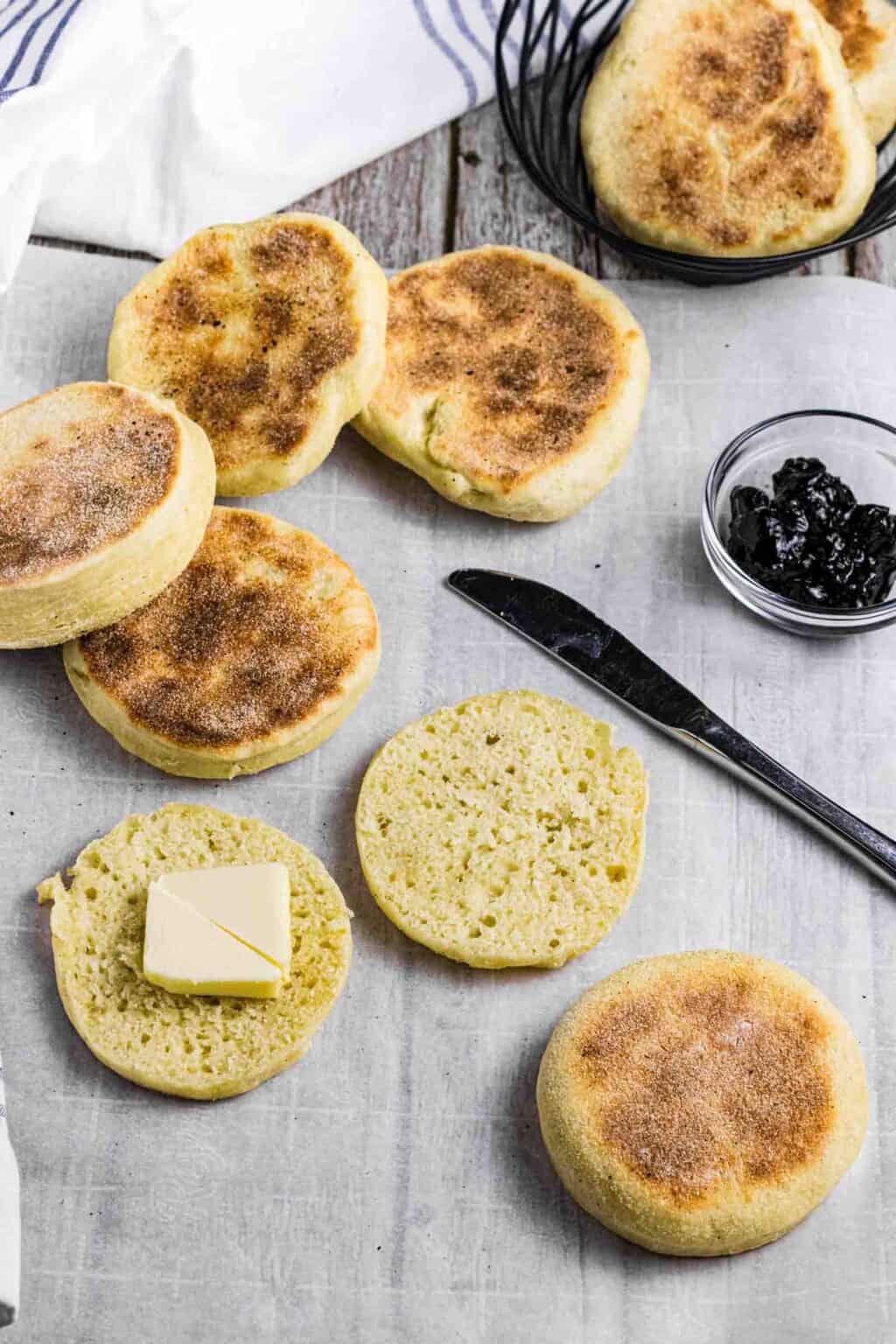
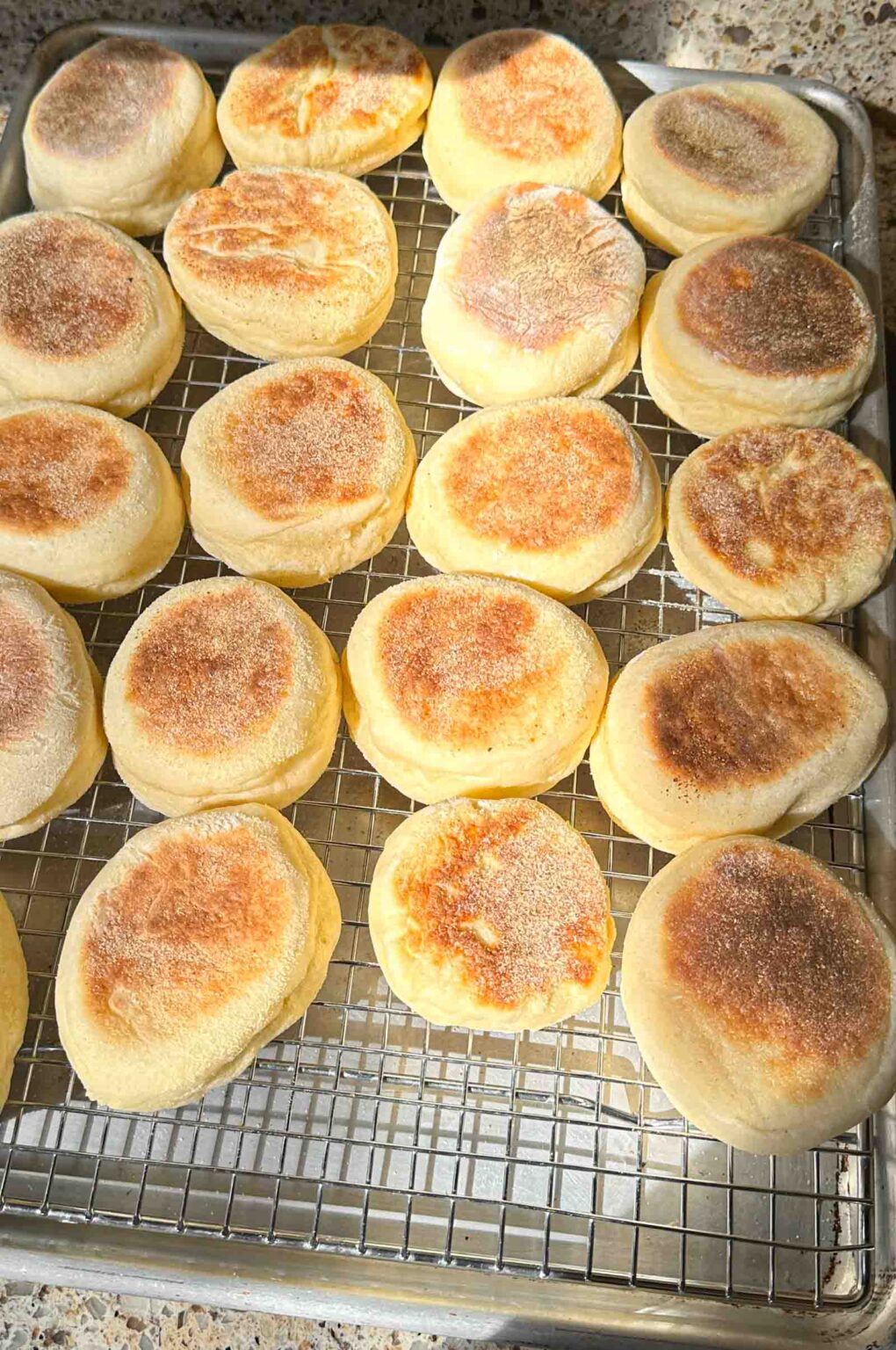
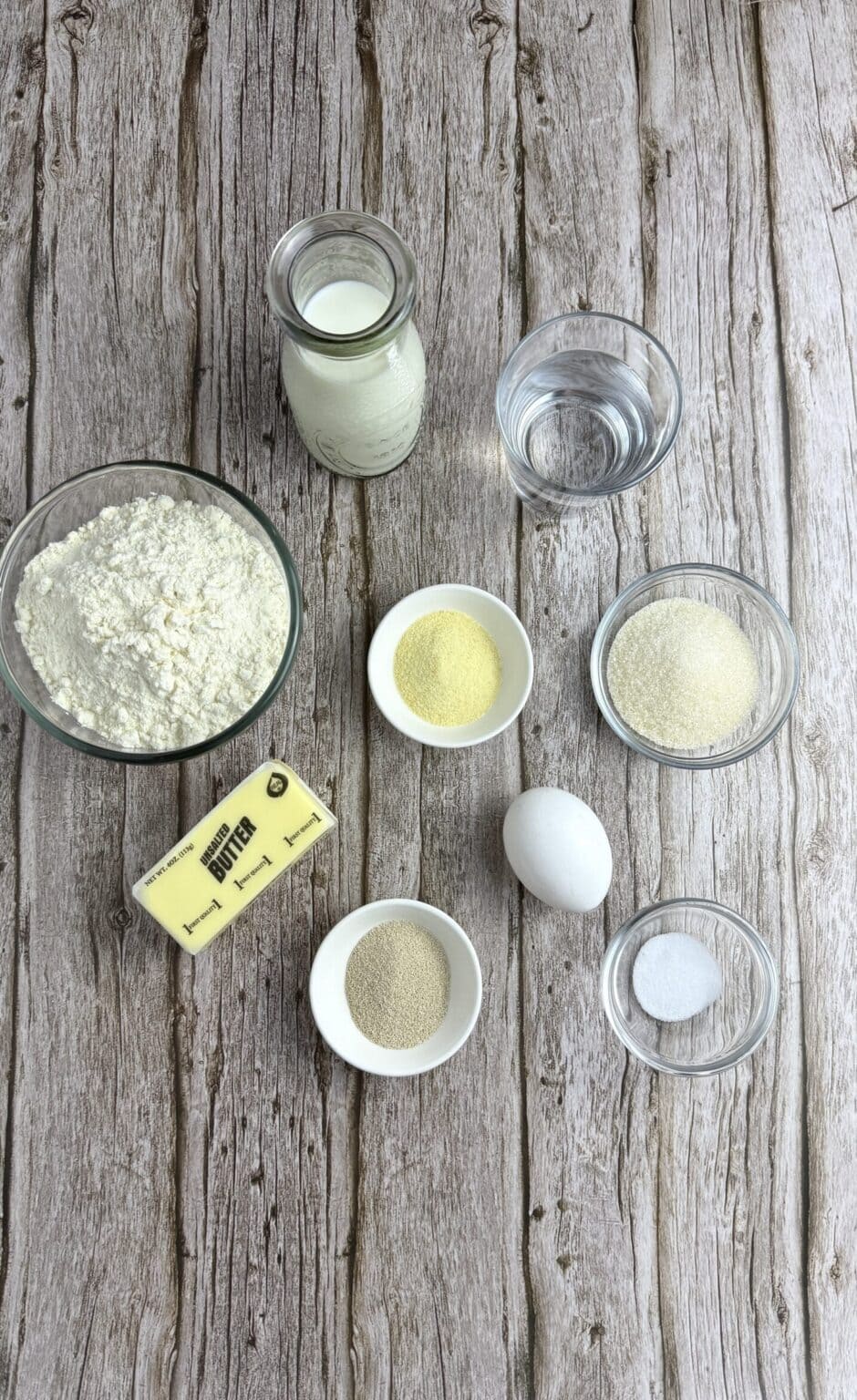
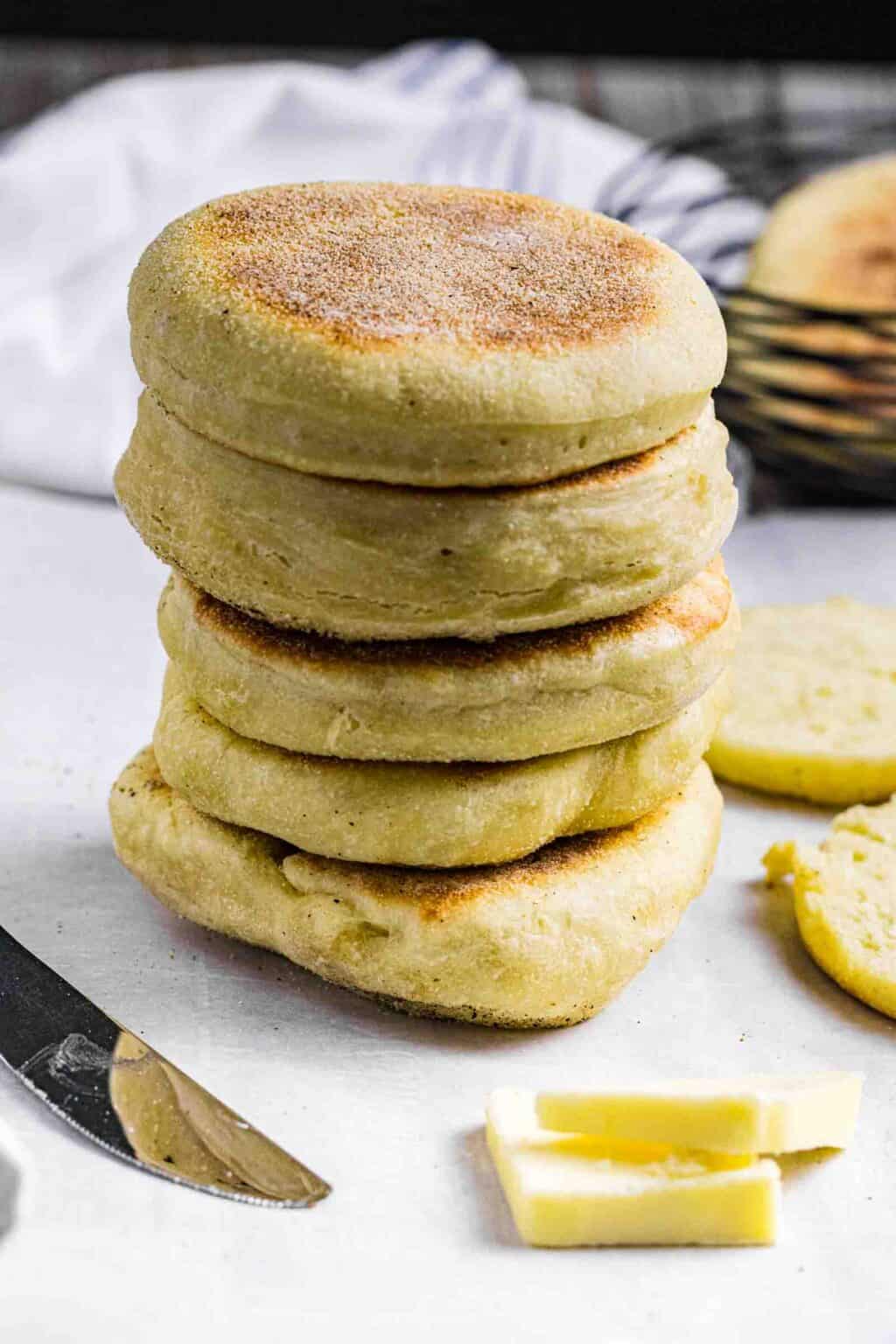
 Related Recipes
Related Recipes

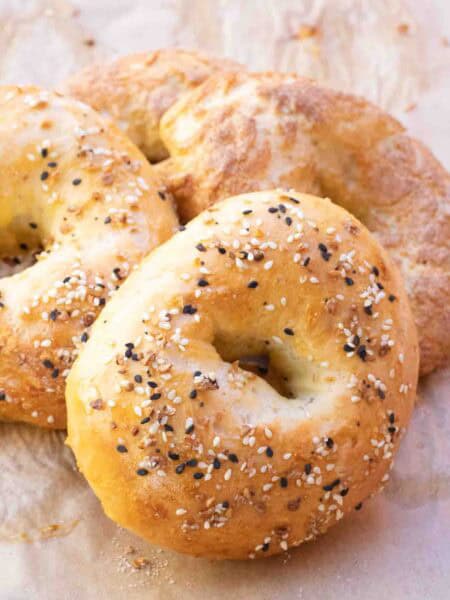
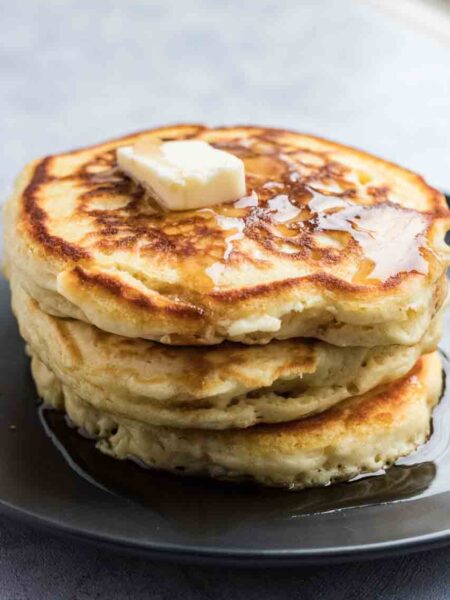
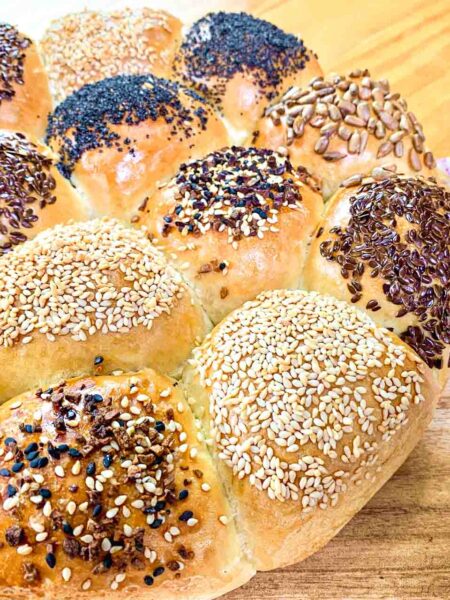
There is no egg in the recipe, and it says not egg in the allergen se til . But the recipe instructions call for an egg, and there’s and egg in the picture, so do I add the egg?
Hi Taylor,
the egg is optional. It adds some richness to the English muffin, but is not necessary to use. So recipe can be made without an egg. Personally I always add the egg. It makes the muffin softer and fluffier, but again it is optional. I hope that answered your question. Thank you for pointing this out, it was confusing. ☺️